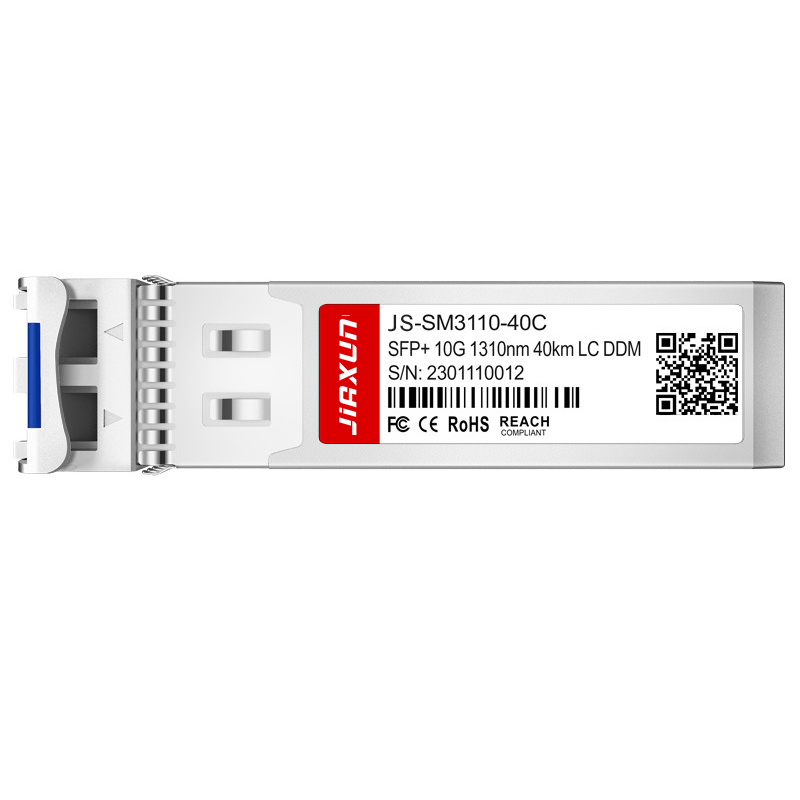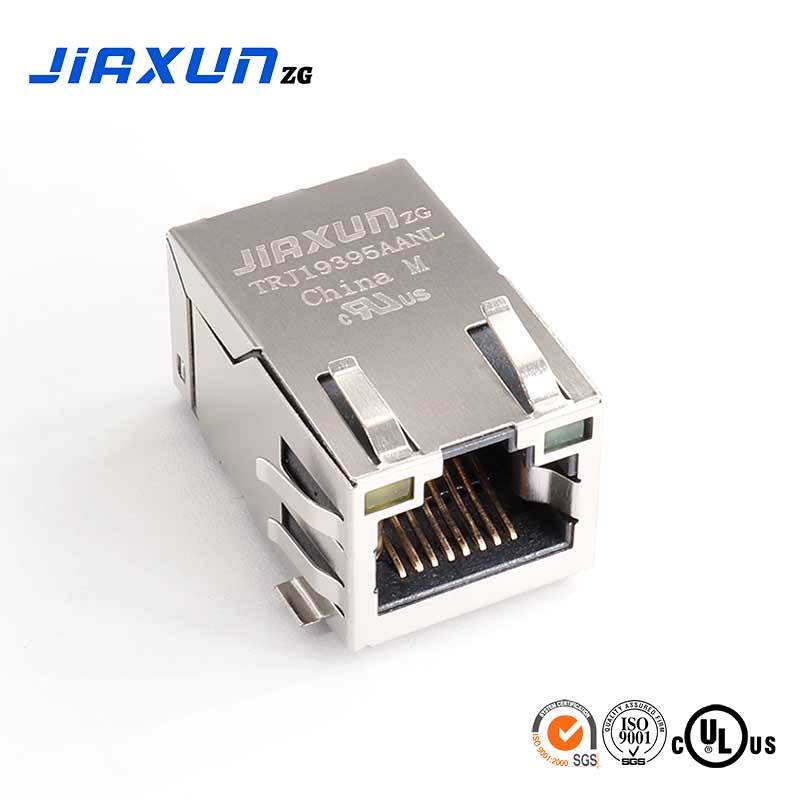08
2025
-
07
Can SFP optical modules with wavelengths of 850nm and 1310nm be used interchangeably?
Author:

I. Core Conclusion
- Wavelength mismatch The transmission wavelength of the optical module must match the receiving wavelength of the receiver. For example, if one end sends an 850nm signal, the other end must use an optical module that supports 850nm reception, and vice versa. 。
- Optical fiber type limitation 850nm is usually used for multi-mode fiber (MMF), while 1310nm is mostly used for single-mode fiber (SMF). Mixing wavelengths may cause excessive signal attenuation or prevent transmission. 。
- WDM technology Using a multiplexer/demultiplexer to multiplex 850nm and 1310nm signals onto the same fiber, suitable for data center interconnection, etc. 。
- Tunable optical modules Optical modules that support dynamic wavelength switching (such as 25G Tunable DWDM) require a wavelength division multiplexer to achieve multi-wavelength transmission. 。
II. Detailed Analysis
1. Compatibility of wavelength and fiber type
- Applicable scenarios Multi-mode fiber (OM1/OM2/OM3/OM4), shorter transmission distances (e.g., Gigabit multi-mode 550 meters, 10 Gigabit multi-mode 300 meters) 。
- Features Low cost, but severe modal dispersion, not suitable for long distances.
- Applicable scenarios Single-mode fiber (G.652), transmission distance can reach over 40 kilometers 。
- Features Low dispersion, suitable for long-distance transmission, but higher cost.
- 850nm has extremely high attenuation in single-mode fiber (approximately 2.5-3.0dB/km) and cannot be transmitted effectively. 。
- Although 1310nm can be transmitted in multi-mode fiber, the bandwidth is limited, and practical applications are rare. 。
2. Obstacles to direct sharing
3. Technical solutions for indirect sharing
- Principle The 850nm and 1310nm signals are combined into the same fiber using a multiplexer, and the demultiplexer separates the signals at the receiving end.
- Application scenarios Short-distance interconnection in data centers (such as simultaneous transmission of 850nm and 1310nm in OM4 multi-mode fiber), 5G fronthaul, etc. 。
- Limitations Requires additional WDM equipment, higher cost, and limited multiplexing effect of 850nm and 1310nm in multi-mode fiber.
- Principle Optical modules that support dynamic wavelength switching (such as 25G Tunable DWDM) can be adapted to different wavelengths through software configuration.
- Application scenarios Dynamic optical networks, metropolitan area networks, require a wavelength division multiplexer to achieve multi-wavelength transmission. 。
- Limitations High module cost and requires equipment to support automatic wavelength negotiation.
- Scheme Use two optical fibers to transmit 850nm and 1310nm signals respectively, suitable for scenarios with sufficient fiber resources.
- Limitations Increases fiber usage and wiring costs.
III. Typical Scenario Examples
Scenario 1: Short-distance transmission of multi-mode fiber
- Requirements Two devices are connected via multi-mode fiber, one end uses an 850nm optical module, and the other end uses a 1310nm optical module.
- Result Cannot communicate; needs to be replaced with optical modules of the same wavelength (e.g., both 850nm).
Scenario 2: Long-distance transmission of single-mode fiber
- Requirements Two devices are connected via single-mode fiber, one end uses an 850nm optical module, and the other end uses a 1310nm optical module.
- Result The 850nm signal has excessive attenuation in single-mode fiber and cannot be transmitted; it needs to be replaced with a 1310nm optical module.
Scenario 3: Multi-wavelength multiplexing in data centers
- Requirements Transmit 850nm (10 Gigabit Ethernet) and 1310nm (Gigabit Ethernet) signals simultaneously in OM4 multi-mode fiber.
- Scheme Use a wavelength division multiplexer (such as CWDM) to multiplex the two wavelengths onto the same fiber. The devices at both ends are configured with corresponding optical modules and demultiplexers.
- Limitations Ensure that the optical modules support WDM wavelengths and that the total loss after multiplexing is within the receiving sensitivity range of the equipment.
Summary and Suggestions
- WDM technology Suitable for multi-wavelength multiplexing scenarios, but requires additional equipment.
- Tunable optical modules Suitable for dynamic networks, but higher cost.
- Prioritize Wavelength Matching Select optical modules with the corresponding wavelength based on the fiber type and transmission distance.
- Avoid Mixing If upgrading the network, it is recommended to uniformly replace them with optical modules of the same wavelength.
- Consult Equipment Manufacturers Confirm whether the switches, routers, and other equipment support WDM or tunable optical modules.
SFP optical module
Previous Page
Previous Page
21
2025-07
How amazing are RJ45 modules? Office network cabling finally says goodbye to "a mess"
21
2025-07
19
2025-07
19
2025-07
11
2025-07
Is a 1.25g optical module a Gigabit module?
08
2025-07
1.25g optical module transmission speed
08
2025-07
Can SFP optical modules with wavelengths of 850nm and 1310nm be used interchangeably?
Contact Us
Factory add: NO.54. Jinhu South Road, Chenjiang Town, Zhongkai Hi-tech Zone, Huicheng District, Huizhou city, China
Telephone:0752-2099791
Office add: B901-1, Silver Star Hi-Tech Building, No. 1301 Guanguang Road, Longhua District, Shenzhen, China
Website:www.jiaxunzg.cn
Telephone:0755-81752121
Fax: 0755-81752963
Mailbox:sales1@jiaxunzg.cn
Mailbox:sales2@jiaxunzg.cn
Mailbox:sales3@jiaxunzg.cn
Copyright © 2024 Jiaxun (Huizhou) Intelligent Technology Co., Ltd. Privacy Policy






